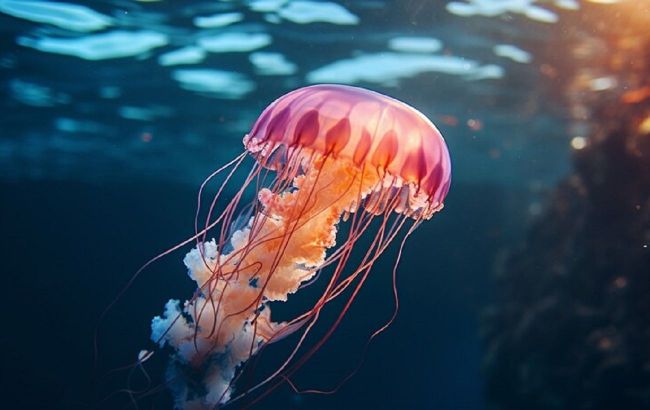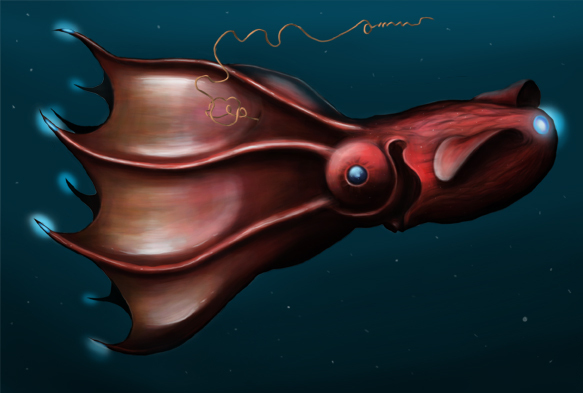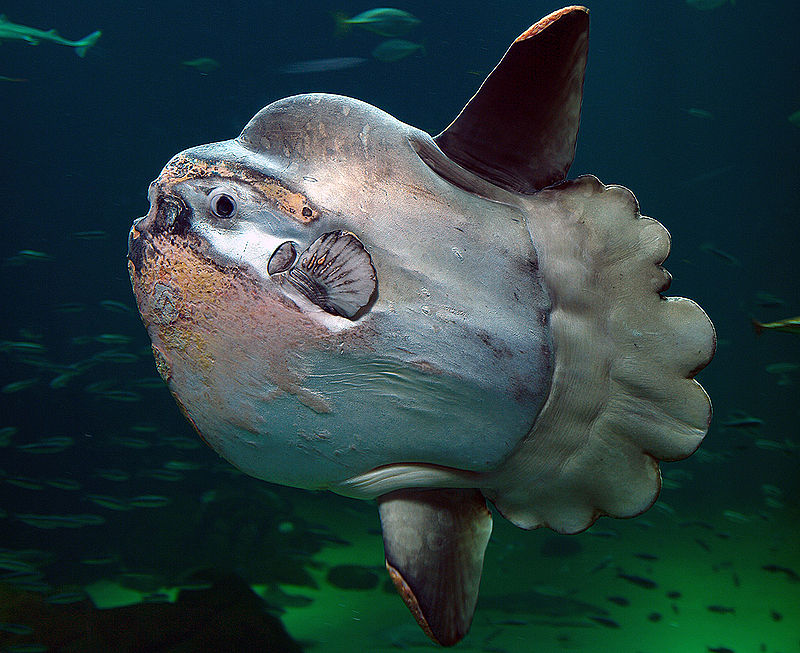Sea monsters: 4 creatures whose existence seems almost unbelievable
 Amazing creatures from the ocean depths (photo: freepik.com)
Amazing creatures from the ocean depths (photo: freepik.com)
The depths of the oceans conceal a myriad of mysterious and astonishing creatures that captivate with their uniqueness. These extraordinary animals thrive in environments untouched by human feet and often seem like true wonders of nature.
Here is a list of marine animals whose existence is hard to believe.
Vampire squid
The vampire squid is a remarkably peculiar marine creature, although it is neither a vampire nor a squid. This name was given by German scientist Carl Chun in 1903, who described it as Vampyroteuthis infernalis, which translates to vampire squid from hell.
The name was inspired by its red eyes and its unique appearance, which resembled that of a vampire. Chun's use of the name was more of a jest, as the vampire squid has no actual connection to vampires.
This deep-sea mollusk feeds on dead algae, plankton, and other particles suspended in the water. Although the vampire squid is small and bloodless, it can defend itself from predators by ejecting a glowing slime from the tips of its tentacles. This slime forms a luminous cloud that helps the squid evade danger.

Hellish vampire squid (photo: Wikipedia)
Ocean sunfish
The Ocean sunfish, or Mola tecta, is a recently discovered species of fish first identified in 2017 by researchers from New Zealand. Its name tecta is derived from the Latin word meaning hidden or concealed, reflecting how the fish remained unknown for a long time.
Mola tecta has a teardrop shape and weighs around 900 kilograms. It can be found in the cold waters of the Southern Hemisphere, off the coasts of New Zealand, Australia, Chile, Peru, and South Africa. Recently, the fish has also been observed off the coast of California and even as far north as Alaska.
This fish can significantly change its appearance depending on its growth stage, complicating its identification. There was an incident where a fish measuring just over 2 meters was washed ashore in Oregon. Initially mistaken for another moonfish species, it was later confirmed to be Mola tecta, which once again hid in plain sight.

Ocean sunfish (photo: Wikipedia)
Wheel bugs
Phronima, or wheel bugs, inhabit the dark depths of the ocean, ranging from 200 to 1000 meters. Their name derives from the British word pram (stroller), and these small amphipods, also known as barrel shrimp, are cunning parasites.
Typically measuring less than 2.5 centimeters in length, Phronima prey on salps - jellyfish-like marine creatures. The female uses her front claws to clean out the salp’s insides, then occupies the empty shell to lay her eggs. As the salp transforms into a sort of stroller, the female pushes it forward.
When the larvae hatch, they continue to destroy the salp from within. This process, combining destruction and nurturing, creates a bizarre contrast between maternal care and parasitic behavior.

Phronima (photo: Wikipedia)
Flower hat jellyfish
The jellyfish known as Olindias formosa captivates with its appearance, resembling a floral hat. Found in the waters off the coasts of Japan, Brazil, and Argentina, this jellyfish uses its vibrant, colorful tentacles to attract small fish.
The flower jellyfish can grow up to 15 centimeters in diameter and is found both on the seafloor and in coastal waters. Though not very common, it can sometimes appear in large groups called blooms, which occur when rising water temperatures increase the availability of food, leading to a population surge.
While the sting of the flower jellyfish is not fatal, it can be quite painful and cause rashes. These beautiful yet dangerous creatures have inspired art and serve as warnings for swimmers on the shores of Argentina.

Flower hat jellyfish (photo: Wikipedia)
Also here are the top 6 incredible facts about octopuses that may surprise you.
Sources used in this material include: National Geographic and Wikipedia.

